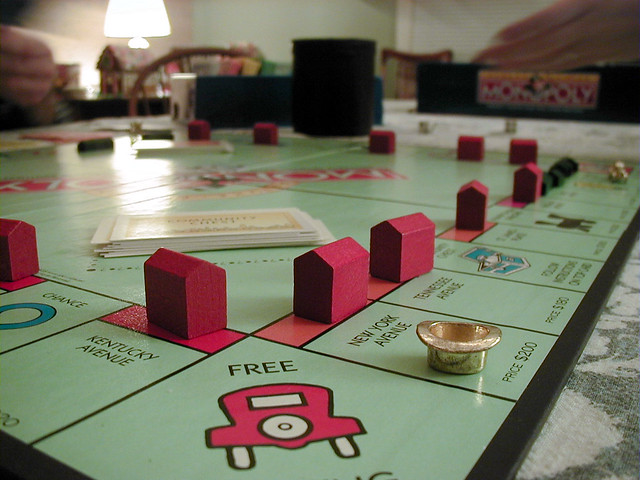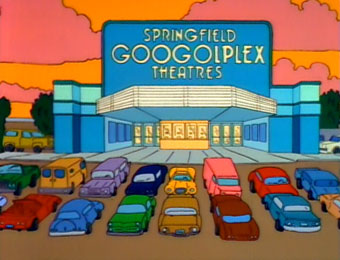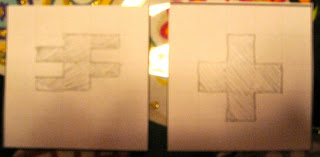But why am I writing about it? This isn't Jen Robinson's wonderful reader's blog, after all.
School is a large part of this girl's life, so her letters to the unknown holder of Box #5567 have many observations about the experience of a bright but unothodox student, dealing with serious family issues.
The first homework we hear about is 'think of ten possible ways that Rapunzel might be rescued from her tower' using 'what we have learned about simple and complex machines.' Not a bad assignment, I think. But Rapunzel (not her real name) writes, "Aaargh. I don't want to learn about simple machines! When is the answer to a problem ever simple? When it's STUPID, that's when." She goes on to say how the assignment is better than what's a typical assignment. She then includes her list of 7 very clever ways to rescue Rapunzel. "Note: Like I said, I'm NOT a slacker. The reason I only listed seven ways of rescue is because I don't want Mr. Cornally - that's my math and science teacher- to get too high an expectation of me this early in the year." (OK, I changed the name.) Later, she writes "I only got half credit for my Rapunzel homework. Mrs. Seisnik did not like the "frivolous" way in which I handled the assignment. "MORE SCIENCE. FEWER SILLY JOKES," she wrote in her crisp block letters. "AND WHERE ARE YOUR OTHER THREE ANSWERS?" As if the assignment were serious in the first place!"
That's probably enough for you to figure out whether you want to read it or not. If you're on the edge, I will tell you one of the
Along the way, she deals with her family problem, fighting her classification as gifted (which she refers to as being a deviant, because of the two standard deviation definition the school pschologist tells her), why you would study the most influential people of the last millenium when you could be thinking about who will be the most influential people of the next millenium, why teachers ask for creative work but don't actually want it, all day in school detention, unlikely and irrelevant math problems, writing what teachers want even when you're not interested, trying to accomplish community change, letters to an author and more.
 |
| herzogbr @ Flickr |
I hope you have the chance to find it if you're interested. Regardless, may you help your students learn to make their own progress. As Rapun el writes at one point,
"P.S. It's hard rescuing yourself."


























